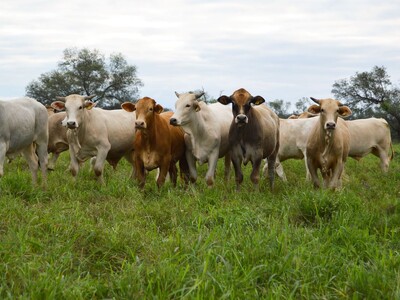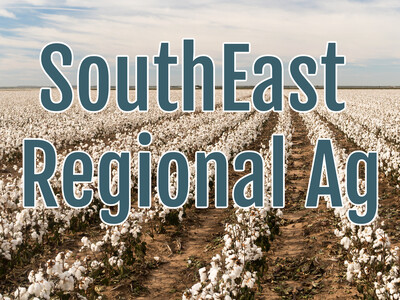Broadleef weed control
Spring has sprung so it is timely to hear from Gordon Vail, an herbicide specialist, about weeds that have sprung or are about to spring. Vail says large-seeded broadleaf weeds present a couple of big challenges for producers. The large seeds can sprout from deeper in the soil and can last a long time. "Cocklebur, morningglory, ragweed, those seeds can come from two or three inches down in the soil so it makes it much more difficult to control all those seeds because you have to get the herbicide down to them. The other thing about the large-seeded broadleaf weeds is if their seed viability is quite long. So a waterhemp, or Palmer seed might be viable for two or three years, whereas, seed from a ragweed, cocklebur or even a morningglory can be decades. You know some morningglory seeds can be viable for 30, 40 or 50 years. So you've got seed longevity. So those are really the two things that can make them difficult. They come deep in the soil and the seeds can survive for a long time."
Vail says one of the biggest keys to success is defining exactly what it means to control weeds. "The one concern I have is how a grower actually defines weed control, and I think a lot of times they are defining weed control based on how many plants they have at harvest. I think weed control is more defined early in the season. How many weeds are you letting compete with your crop before it's two or three inches tall? Those are really the key drivers. You've got weeds out there that are taking up water. They are taking up nitrogen, they are taking up nutrients. Those are the major concerns and they just don't allow for a good healthy crop."
The best herbicides have multiple sites of action, but they should also be the most effective sites of action possible. The other big factor is the length of residual control.


















